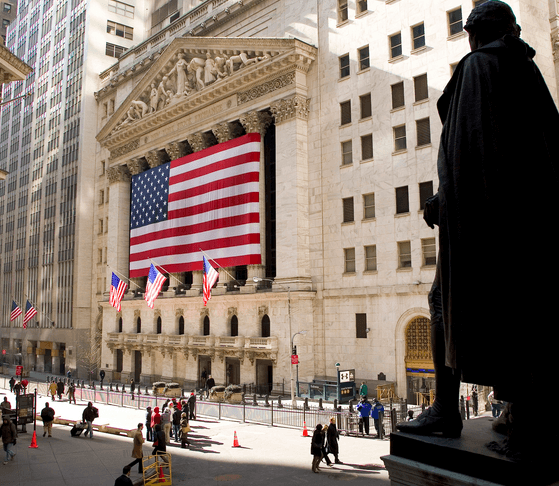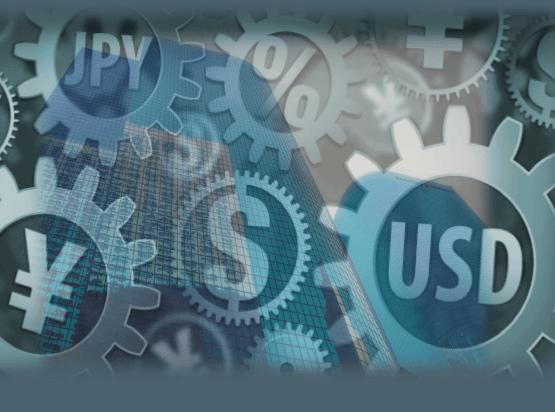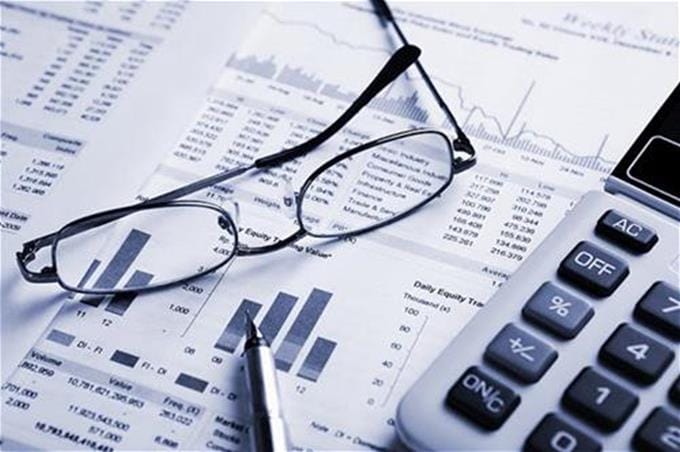The US dollar was mildly weaker on Friday following a government revision of first quarter GDP showing the US economy contracted at the start of the year.
US gross domestic product (GDP) turned negative in the first quarter for the first time since the start of 2014, as the economy contracted 0.7% annually, the Department of Commerce reported on Friday. The contraction was in line with the consensus view forecasting a decline of 0.8% to 1% annually.
The government’s initial estimate, which was released last month, showed a modest expansion of 0.2% in the first three months of the year. However, weaker trade and inventory data since then raised expectations that the economy actually shrank.
This marks the third time since the end of the recession that GDP had turned negative.
A bigger trade deficit and narrower business inventories weighed on output growth in the first quarter, official data showed. Declines in these areas offset positive contributions from personal consumption expenditures, which increased 1.8% in the first quarter following a 4.4% gain in the previous.
The US dollar index, which tracks the performance of the greenback against six major competitors, weakened on Friday, falling 0.1% to 96.84.
The dollar weakened against the euro, as the EUR/USD climbed 0.4% to 1.0993. The pair faces initial support at 1.0891 and resistance at 1.1017.
The dollar fell sharply against the franc, with the USD/CHF falling 0.7% to 0.9372. The pair faces initial support at 0.9360 and resistance at 0.9496.
The greenback rallied against the Canadian dollar, which also produced disappointing first quarter GDP results on Friday. The USD/CAD climbed 0.4% to 1.2486. It faces immediate resistance at 1.2511. On the downside, initial support is located at 1.2391.
In other data, the Chicago Fed PMI contracted unexpectedly in May. The gauge of business activity in the Midwest plunged to 46.2 in May from 52.3 in April.
“We had thought that the April bounce was consistent with a partial return to normal following the weather and port related slowdown in the first quarter,” said Philip Uglow, chief economist of MNI Indicators. “The latest data for May, however, suggest that this was a false dawn and that sluggish activity has carried through to the second quarter.”
Combined with disappointing GDP figures, the latest reports on business activity suggest the US economy has run into a soft patch, dampening expectations for a rate hike any time soon. The Federal Reserve won’t raise interest rates in June and could wait until well after the summer before it begins normalizing monetary policy.
Tradersdna is a leading digital and social media platform for traders and investors. Tradersdna offers premiere resources for trading and investing education, digital resources for personal finance, market analysis and free trading guides. More about TradersDNA Features: What Does It Take to Become an Aggressive Trader? | Everything You Need to Know About White Label Trading Software | Advantages of Automated Forex Trading










































